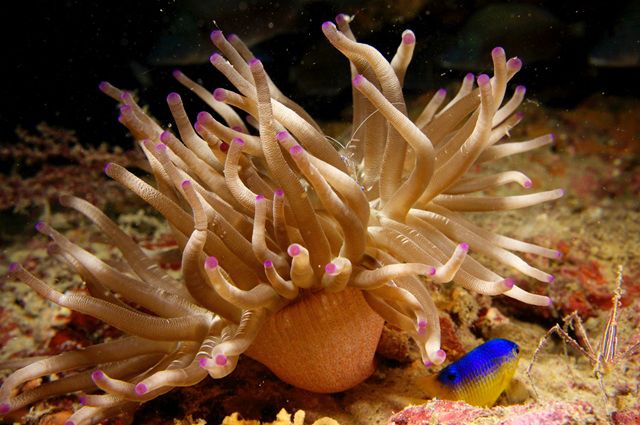

📸 @hthoricht.bsky.social

📸 @hthoricht.bsky.social
Me: do u wanna see a coral reef

Me: do u wanna see a coral reef
📸 Heidi Thoricht


📸 Heidi Thoricht
📸: Heidi Thoricht

📸: Heidi Thoricht
📸: Mike Miller

📸: Mike Miller

📸: Mike Miller

📸: Mike Miller
📸: Heidi Thoricht

📸: Heidi Thoricht




📸: Heidi Thoricht

📸: Heidi Thoricht


📸: Heidi Thoricht

📸: Heidi Thoricht
📸: Doug Perrine

📸: Doug Perrine

📸: Heidi Thoricht

📸: Heidi Thoricht



📸: Mike Miller

📸: Mike Miller



